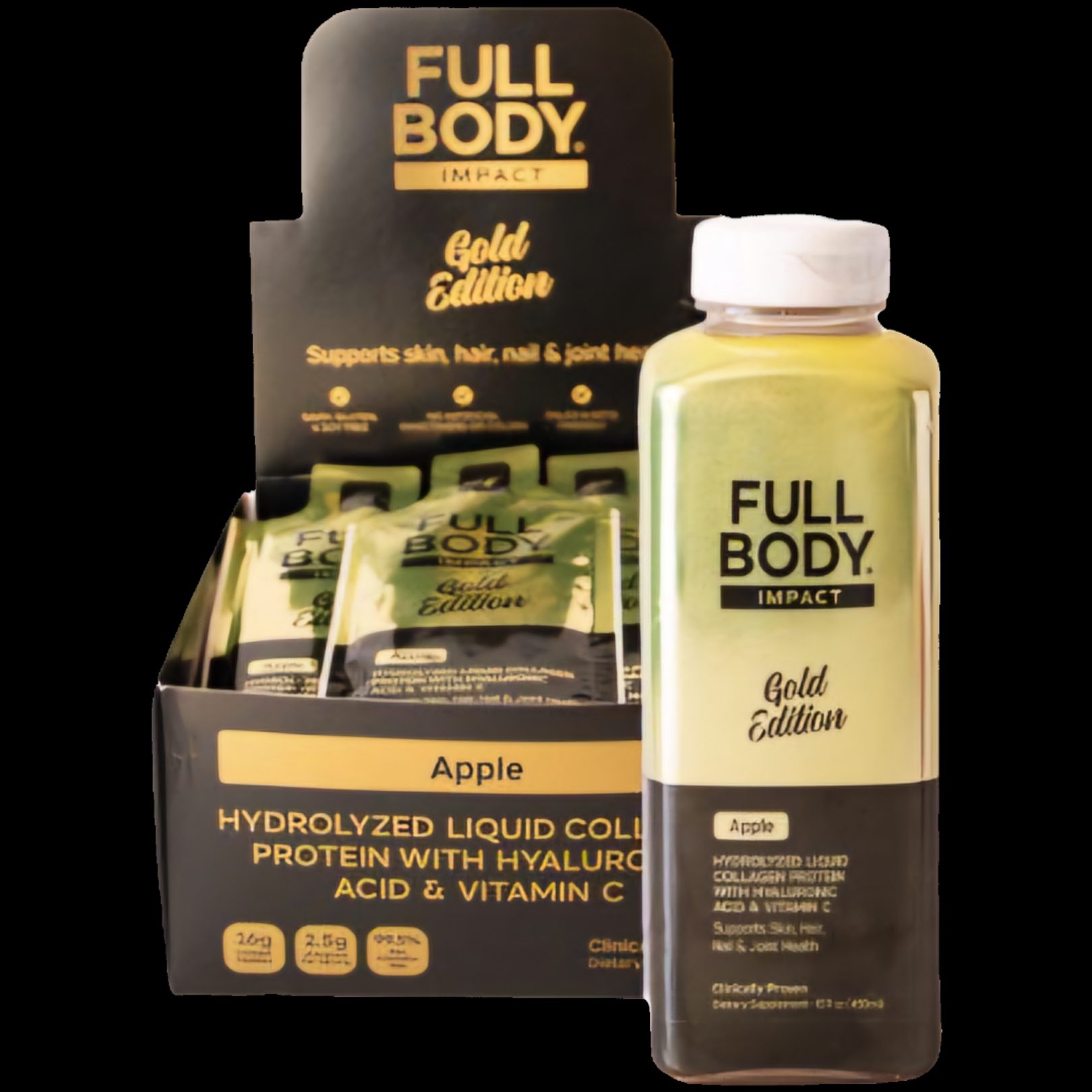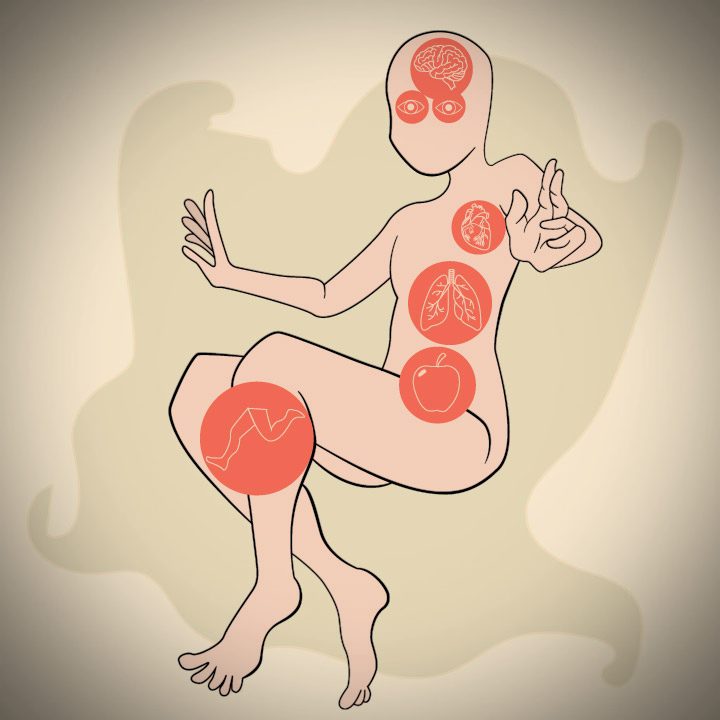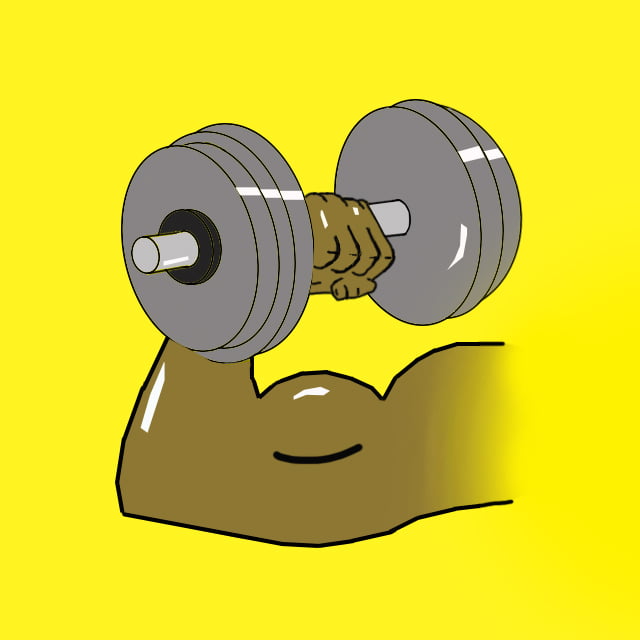The Macallan Opens The Harmony Hideaway in New York City in Celebration of The New Collection in Collaboration with Stella and Mary McCartney.


The Macallan Opens The Harmony Hideaway in New York City in Celebration of The New Collection in Collaboration with Stella and Mary McCartney.

ACHIEVE THE BEST BENEFITS OF COLLAGEN WITH FULL BODY IMPACT’S LIQUID COLLAGEN PROTEIN SUPPLEMENT.

In a world that often feels like it’s spinning faster than we can keep up, chronic anxiety has become a common companion for many.

JESSICA MINH ANH FLOATS A CATWALK INTO RIO’S HARBOR ON COSTA DIADEMA.

How eating outside can benefit your health.

Effective cost-cutting vitamin and supplement strategies.

An overwhelming ninety percent of American adults consider mental health a crisis in the United States, according to a study by the Kaiser Family Foundation and CNN.

When it comes to dieting, there are countless options, each promising to deliver sexy and sustainable results.

Mood is a complex physiological experience. It is the result of the intermingling of neurochemistry, gut health, hormonal balance, and social/psychological experience.

With the help of the latest techniques, you can now transform your arms into a work of art.